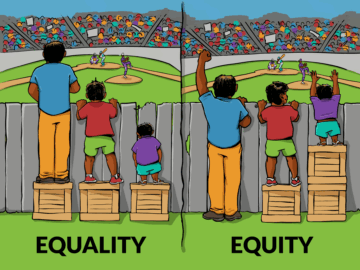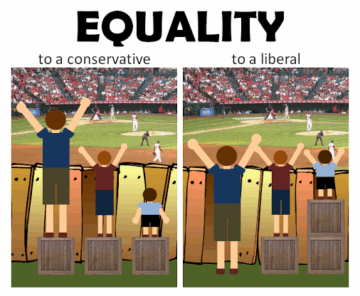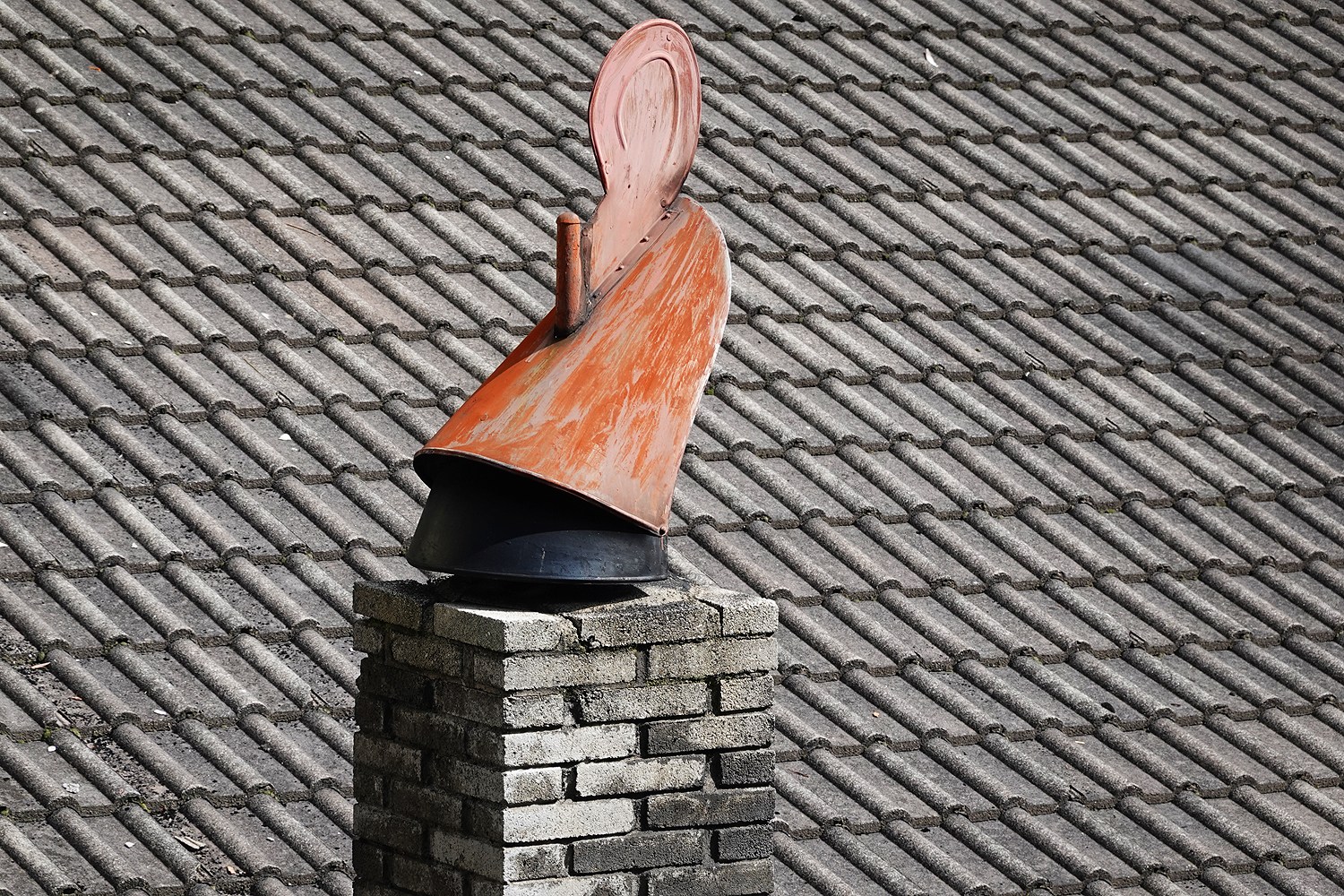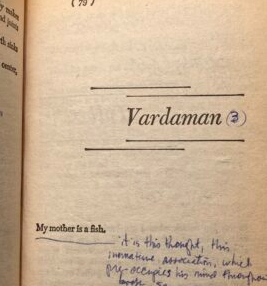by Thomas Fernandes
 To be alive is to maintain a coherent structure in a variable environment. Entropy favors the dispersal of energy, like heat diffusing into the surroundings. Cells, like fridges, resist this drift only by expending energy. At the base of the food chain, energy is harvested from the sun; at the next layer, it is consumed and transferred, and so begins the game of predation. Yet predation need not always be aggressive or zero-sum. Mutualistic interactions abound. Species collaborate when it conserves energy. For example, whistling-thorn trees in Kenya trade food and shelter to ants for protection. Ants patrol the tree, fending off herbivores from insects to elephants. When an organism cannot provide a resource or service without risking its own survival, opportunities for cooperative exchange are limited. Beyond the cooperative, predation emerges in its more familiar, competitive form. At every level, the imperative is the same: accumulate enough energy to maintain and reproduce. How this energy is obtained, conserved, or defended produces the rich diversity of strategies observed in nature.
To be alive is to maintain a coherent structure in a variable environment. Entropy favors the dispersal of energy, like heat diffusing into the surroundings. Cells, like fridges, resist this drift only by expending energy. At the base of the food chain, energy is harvested from the sun; at the next layer, it is consumed and transferred, and so begins the game of predation. Yet predation need not always be aggressive or zero-sum. Mutualistic interactions abound. Species collaborate when it conserves energy. For example, whistling-thorn trees in Kenya trade food and shelter to ants for protection. Ants patrol the tree, fending off herbivores from insects to elephants. When an organism cannot provide a resource or service without risking its own survival, opportunities for cooperative exchange are limited. Beyond the cooperative, predation emerges in its more familiar, competitive form. At every level, the imperative is the same: accumulate enough energy to maintain and reproduce. How this energy is obtained, conserved, or defended produces the rich diversity of strategies observed in nature.
On the savanna after rain, the sequence of consumption illustrates this principle. Zebras arrive first, grazing vast quantities of coarse grass. Their hindgut fermentation extracts energy efficiently but incompletely, favoring volume over quality. Sixteen hours of grazing may be required to meet their energy needs. Gazelles arrive afterward, targeting smaller, more nutrient-rich shoots. Their rumen, a multi-chambered stomach, allows for regurgitation and thorough microbial digestion. The slower, more meticulous process extracts more energy per bite. Reproduction and survival hinge on the energy accumulated this way. Gestation and nursing occur only during seasons of peak grass growth and only when the gazelle has the metabolic green light of sufficient energy.
This extracted energy inevitably attracts predators. Predator-prey interactions extend far beyond the immediate chase. While roaming for prey, predators exhibit preferential roaming, patrolling region most likely to contain their favored prey and encountering them far above chance level. Even when encountering prey, predators decide to initiate the hunt with calculated strategies. Lions exploit cover, coordinating in groups to ambush large prey like buffalo. Cheetahs, mostly solitary, approach carefully to close the distance before committing to a sprint. Predators weigh energy costs, prey size, terrain, and detection before deciding to pursue. Selecting targets with high probabilities of success is critical.
Prey respond with equally finely tuned adaptations. Gazelles detect predators early through lateral eyes, motion-sensitive retinas, and vigilance. Zebras would stand their ground against a solitary, small cheetah but have evolved rotating ears to detect the more threatening, camouflaged lions’ ambush. Early detection and avoidance are ideal, but when impossible, prey rely on alternative strategies. Read more »





 We humans think we’re so smart. But a
We humans think we’re so smart. But a Giant Tarantulas
Giant Tarantulas 

 by Steve Szilagyi
by Steve Szilagyi Jaffer Kolb. Lake Mývatn, October 13th, 12:08 am.
Jaffer Kolb. Lake Mývatn, October 13th, 12:08 am.





 A recent news story about the fate of Ernest Shackleton’s ship
A recent news story about the fate of Ernest Shackleton’s ship 


